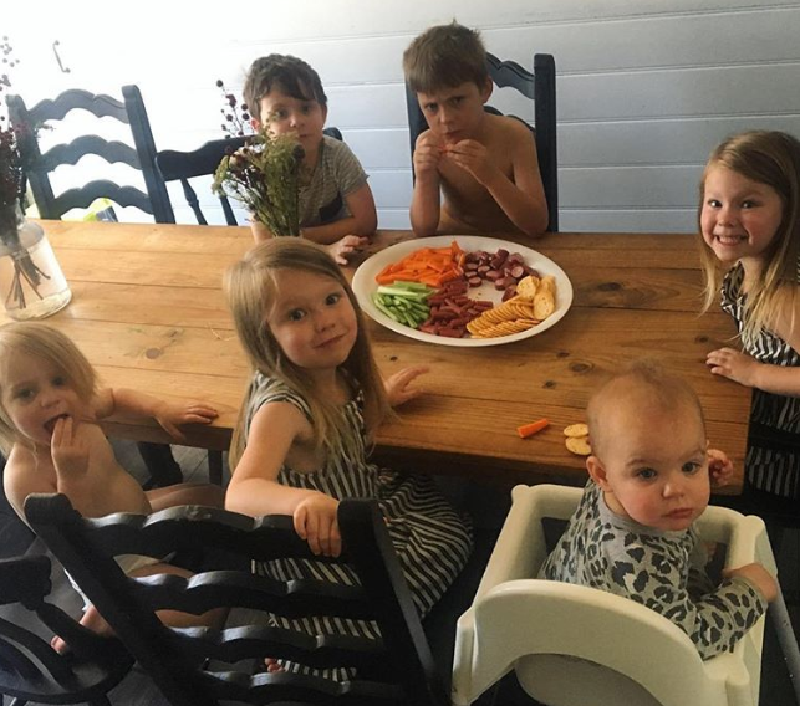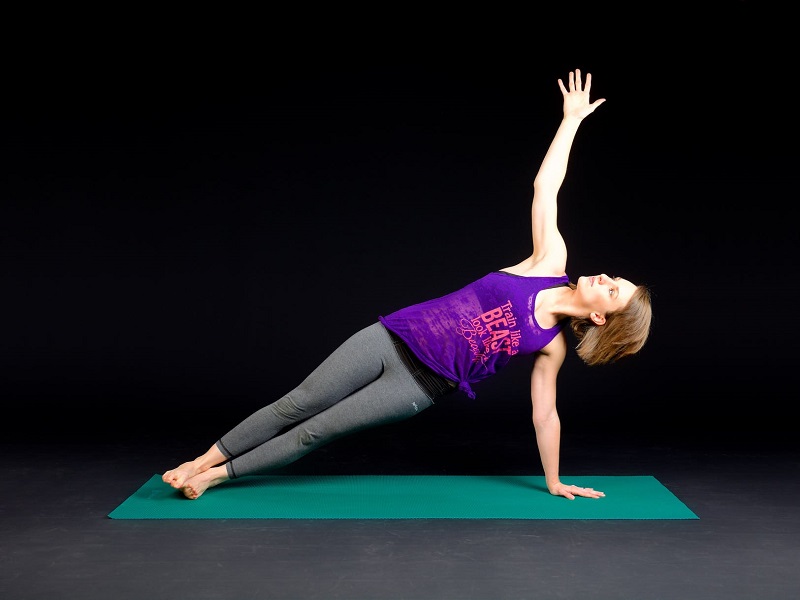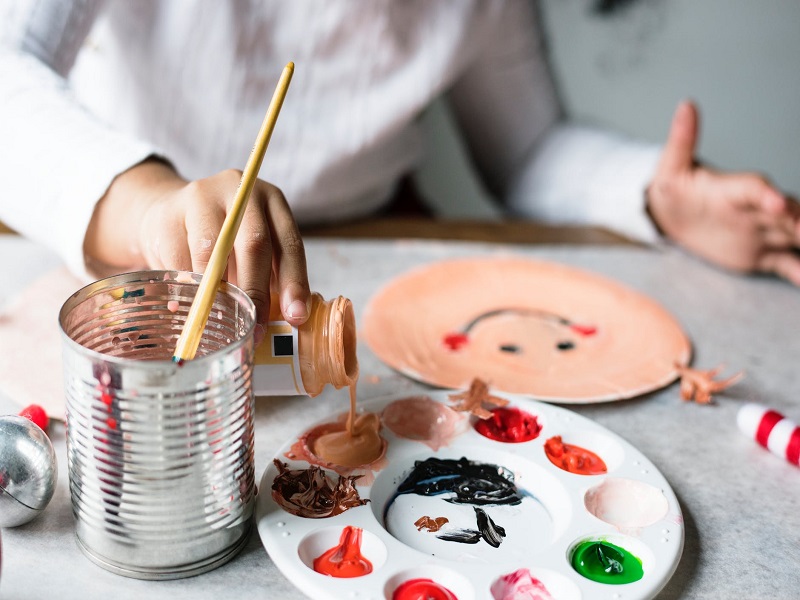We sometimes think of volunteering as something that requires long hours and hard work. Some opportunities do—and are totally worth it. But there are ways to fit volunteering into even the busiest schedule. Enter microvolunteering.
This kind of volunteering fits into those slots in your day when you’d otherwise have a snack, drink another coffee or swipe through social media posts that—let’s be honest—you’ve probably already seen. Even better, it’ll leave you with the fuzzies instead of a sugar high, caffeine jitters or FOMO.
Microvolunteering is usually done in short bursts, often on a digital platform and generally involves completing discrete tasks, such as writing a letter or tracking your workouts to raise funds. “The key points [to microvolunteering] are the timeframe (not exceeding one to two hours), the lack of required commitment, doing it on one’s own and contributing a small piece to a larger project,” explains Eric Shirley, manager of corporate events and projects at Volunteer Canada, an organization that works with non-profits and companies to encourage volunteerism.
WHAT’S SO GREAT ABOUT MICROVOLUNTEERING?
Microvolunteers often see immediate rewards, which can be very satisfying. “Platforms award virtual badges, display the amount of funds raised and show a history of completed tasks,” Shirley says. As with regular volunteer work, it can be an opportunity to develop or showcase your skills or pursue a particular interest. For example, one innovative platform lets you share your love of language by playing word games with kids. (More on that fun option later!) Unlike some other volunteer work, though, microvolunteering doesn’t require extensive training and can benefit almost any organization around the globe—not just those in your community.
WHAT SHOULD I WATCH OUT FOR?
Microvolunteers can be disconnected from the organizations they help. That’s because, as Shirley explains, microvolunteers are “more likely to be working with international opportunities, not necessarily in [their] local community.” Plus, the non-profit you’re contributing to has no guarantee of your commitment, which can make it hard to plan initiatives. And because many microvolunteer platforms are app- or web-based, using them means you’re getting that much more screen time each day.
OK, HOW DO I DO IT?
Glad you asked! Here are five ways to get started:
1. WALK, RUN OR BIKE FOR GOOD USING CHARITY MILES
This app tracks your workouts (or your commute) to raise money for a charity of your choice. For every mile you cycle, stride or jog, it will donate money from corporate sponsors to organizations that range from Habitat for Humanity to Every Mother Counts and Shot@Life.
2. WRITE A LETTER FOR AMNESTY INTERNATIONAL’S URGENT ACTION NETWORK
Sign up for emails, download the app or follow the Urgent Action Network on Twitter to be notified when people are in danger due to human rights violations, then join the letter-writing campaigns by sending your own message or using a sample letter.
3. TEACH A CHILD TO READ ON YOUR LUNCH BREAK WITH TUTORMATE
Instead of browsing the internet while eating at your desk, spend those 30 minutes listening to a Grade 1 student reading a book and playing word games with them on a video link through the TutorMate program.
4. GET SMARTER—AND HELP KIDS GET THE NUTRITION THEY NEED—ON FREE RICE
For every vocabulary question you answer correctly on Free Rice, 10 grains of rice go to the UN’s World Food Program. Plus, you can challenge friends—proof that volunteering doesn’t have to be totally selfless.
5. PASS ON YOUR KNOWLEDGE TO FUTURE PROS THROUGH CAREER VILLAGE
Remember when you were young and it felt like the world was your oyster, but also, you had no clue what you wanted to do? Help students going through this stage by answering questions about your chosen career on Career Village, a forum-style website.



















